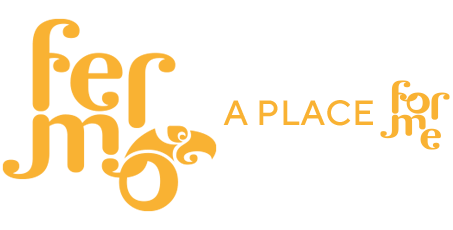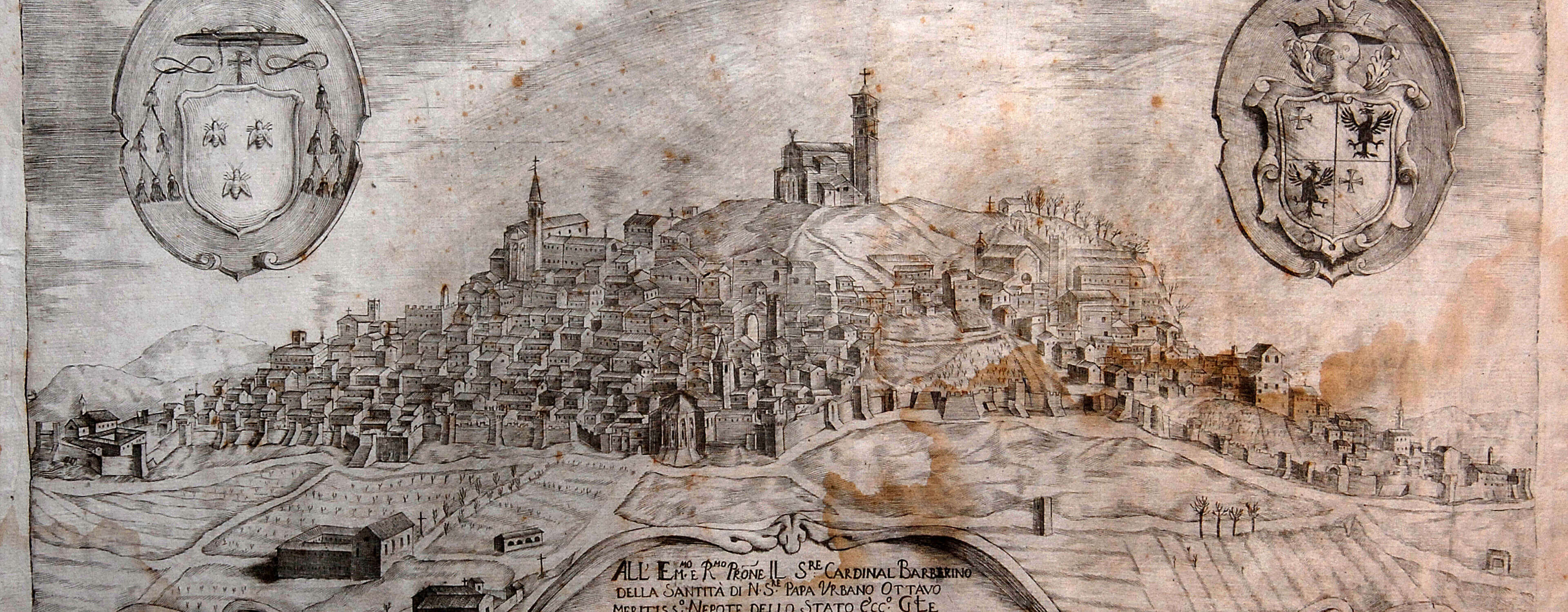The city of Fermo boasts very ancient origins and a history rich in important events; the first settlement whose traces were found in the city is the Villanovans’ one, who used to live on the current Girfalco Hill around the IX century BC. A clear sign of their presence are the necropolises discovered in Fermo’s outskirts and clay vases they produced. Then the Picentes lived in this area from the VII century BC; they came from Lazio and they managed to conquer the entire area among the south of Marche and the North of Abruzzo, up to Pescara.
The Picentes were then forced to abandon the city as they got defeated by the Romans in 267 BC. Fermo officially became a Roman colony in 264 BC and there are many architectural testimonies coming from this period, like the ruins of the theatre located on Sabulo Hill (today Girfalco Hill), the Roman Cisterns and the Castellum Firmanorum in Salvano city quarter.
Later, Fermo’s administration passed to the Ostrogoths: king Athalaric’s mother, Amalasuntha, had her court in Fermo. As she was exiled, Byzantine emperor Justinian decided to give them battle. As Justinian conquered their territories, he established an administration consisting of duces and iudices. These latter were usually bishops and they managed the civil government. The first iudices of Fermo had been probably St. Alessandro and St. Filippo.
During the V century, the City was governed by theepiscopate that, thanks to the believers’ testamentary bequests, increased its territories and took advantage of the bequests to evangelise the surrounding areas; at the end of the V century AD the Lombards passed through Fermo: a testimony of this event was the consecration of an oratory to San Savino Vescovo, a Lombard patron saint, ordered by Pope Gregory I. During the VIII century, on the eve of Lombards’ defeat, Fermo and Spoleto (an Umbrian city) governments’ representants went to Rome to declare their defeat to Pope Adrian I.
The “marka firmana” o “marca fermana” is mentioned for the first time in a document from the late X century; it indicates a border area consisting of many counties and managed by a margrave or marquess. The Marca Fermana will constitute the original nucleus of the present Marche Region.
A list of eight consuls constituting the city magistrature, to whom the city government was entrusted, was drawn up in 1130 for the first time; in this period, every question concerning the city was discussed by the heads of the families who used to meet in the Cathedral; the City government had its own building called Girfalco only in 1238.
During the XIII century, many governments managed by different podestà (chief magistrates) from Venice came in succession; few of them will leave the City as they were elected dogi (Chief of State) in the Venetian city. The podestà exercised the executive, judiciary and military powers over the city.
In the mid-fourteenth century, Fermo territories were managed by Mercenario da Monteverde; after his killing, Gentile Da Mogliano became Lord of Fermo. The Spanish cardinal Gil Albornoz was then appointed by Pope Innocent VI to restore papal power over Fermo area. After bloody fights against Gentile, this latter was eventually thrown out of papal territories and Albornoz entrusted the City to Giovanni Visconti D’Oleggio, Lord of Bologna.
During the XV century, the Sforza family subdued the city and then they clashed with the Papacy, who wanted to reconquer the territories stolen by the Lords of Milan. Fermo knew then different political events until the beginning of the XIX century, when Napoleon annexed Marche to the Reign of Italy; then Marche went back under Papacy’s control for a short period of time and then they officially became part of the newborn Italian State.
Right on the occasion of the Italian Unification, Fermo lost its autonomy as a province and it was annexed to Ascoli Piceno; after the harmful events of the Second World War, the City was freed by Polish army, and then it had an important economic growth during the second half of the XX century thanks to the development of the footwear sector.
Fermo has become Provincia (province) again in 2004 and in 2009, after the first elections, the first District Council met in Sala dell’Aquila in Palazzo dei Priori.






